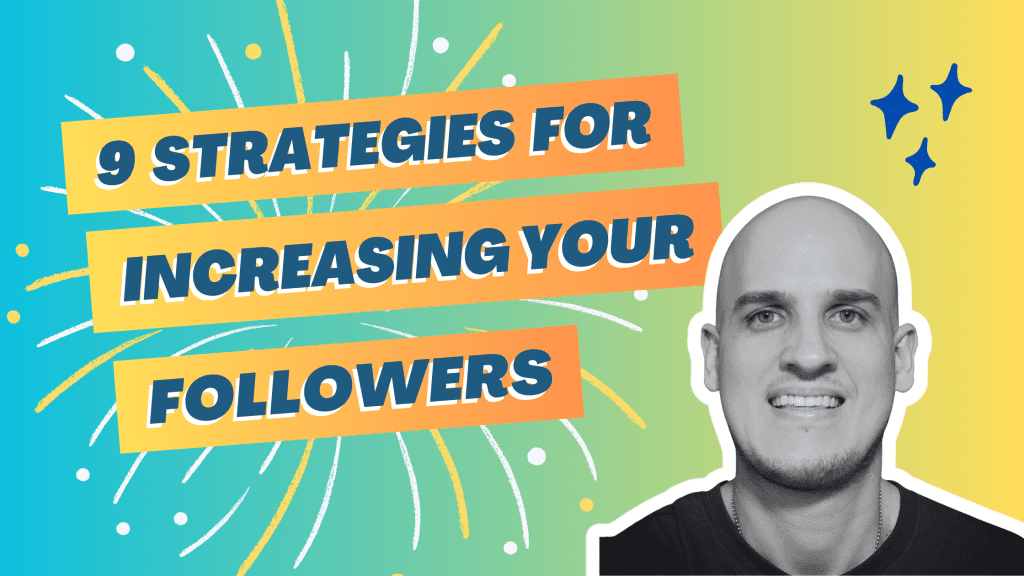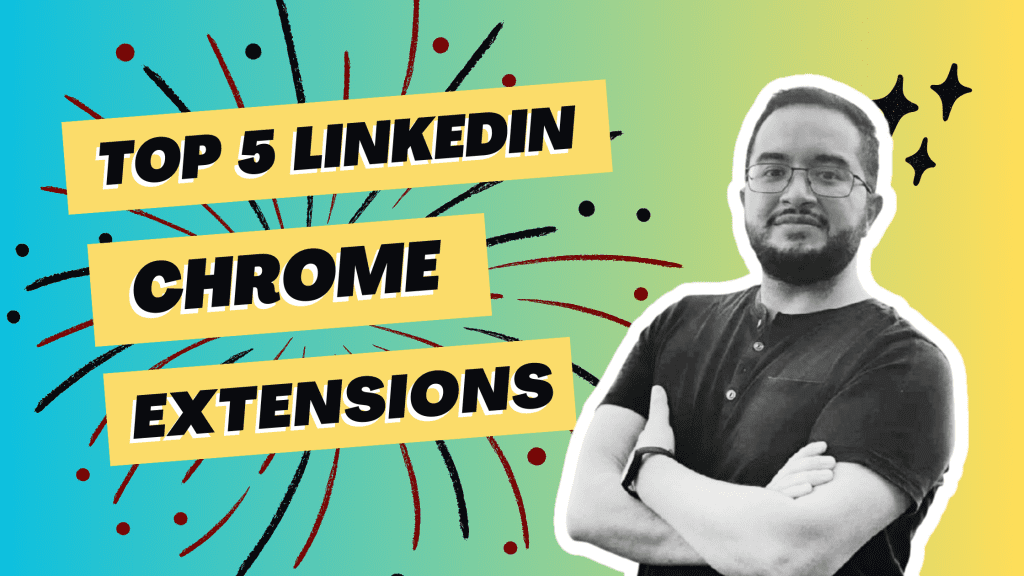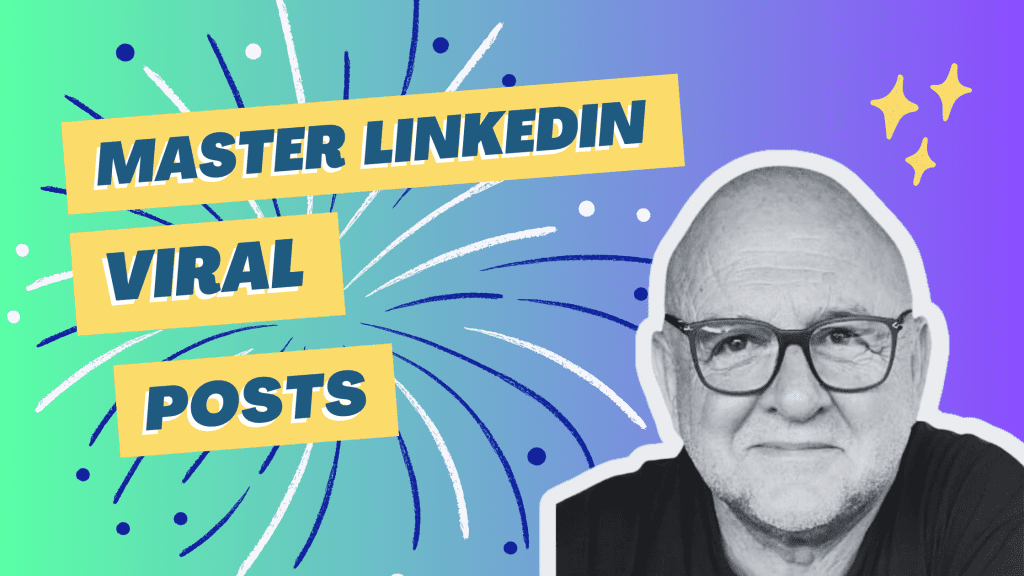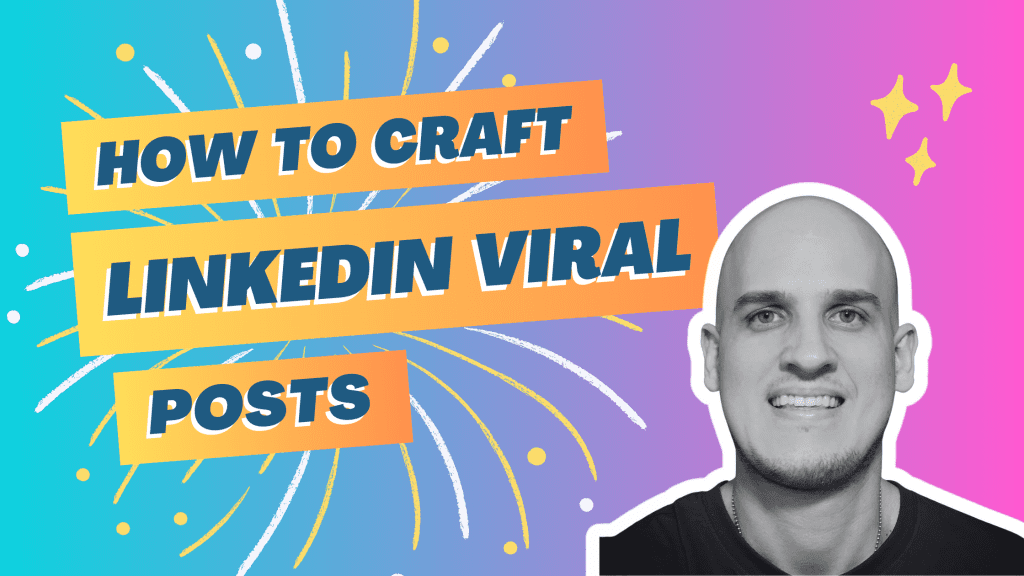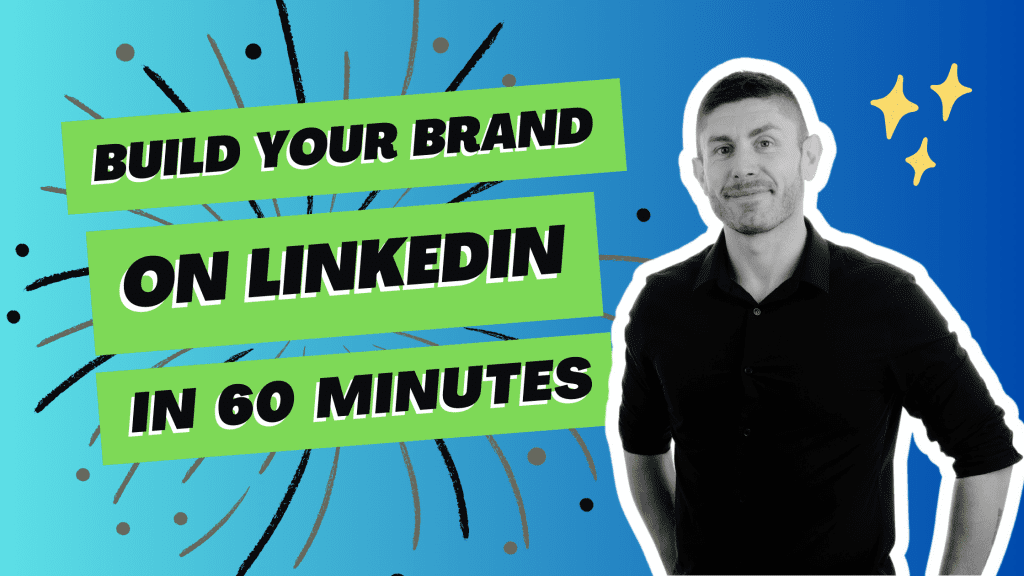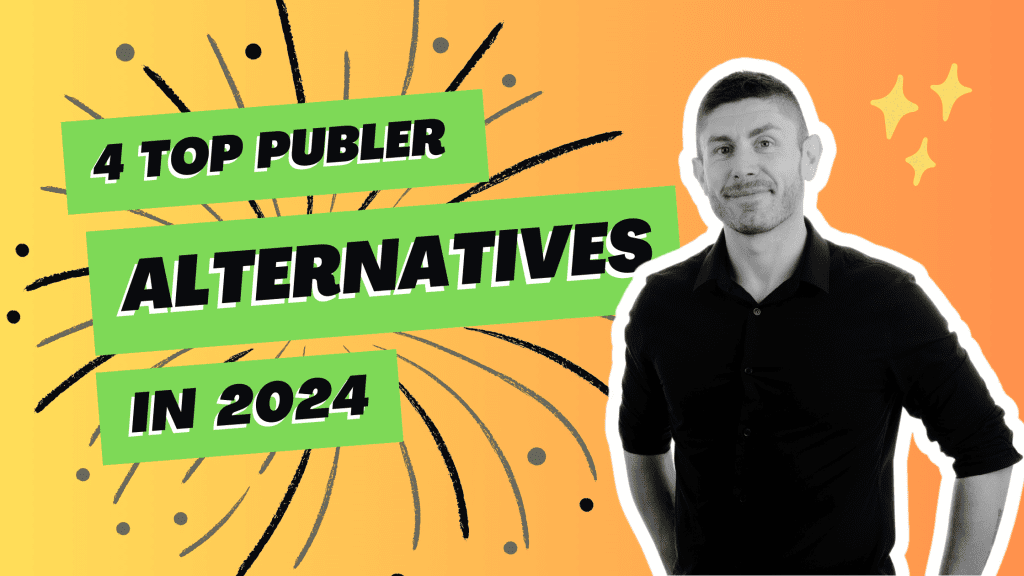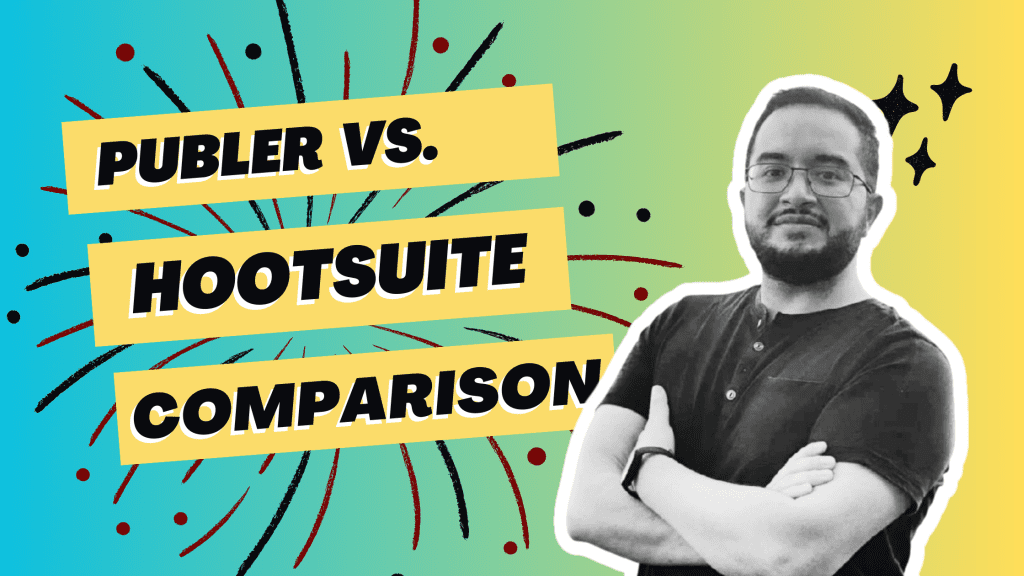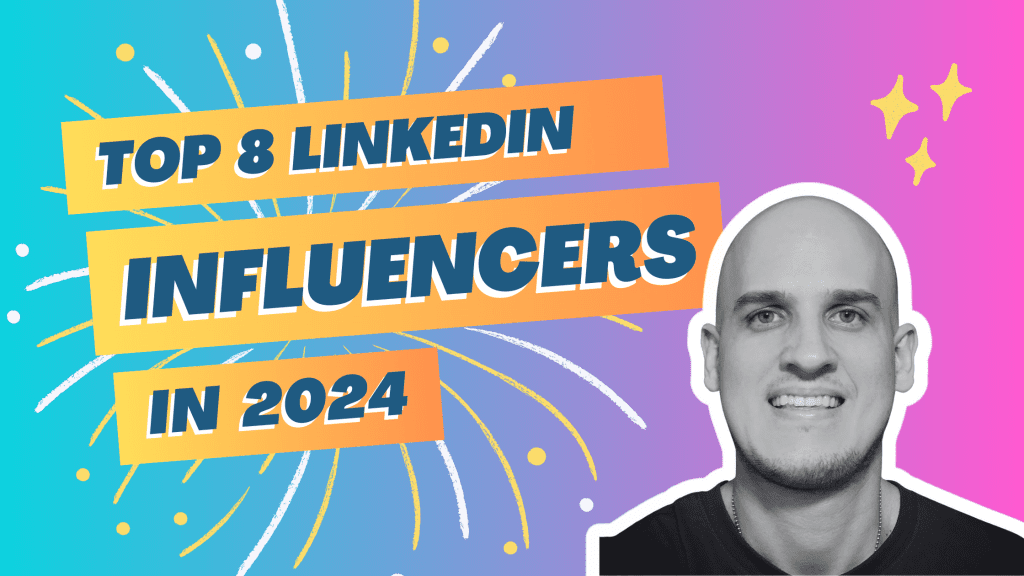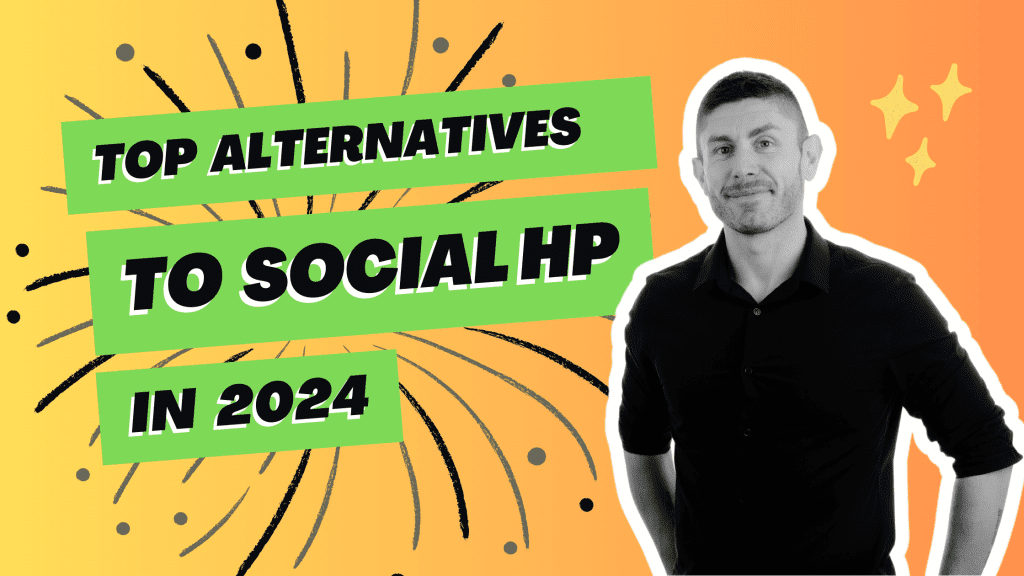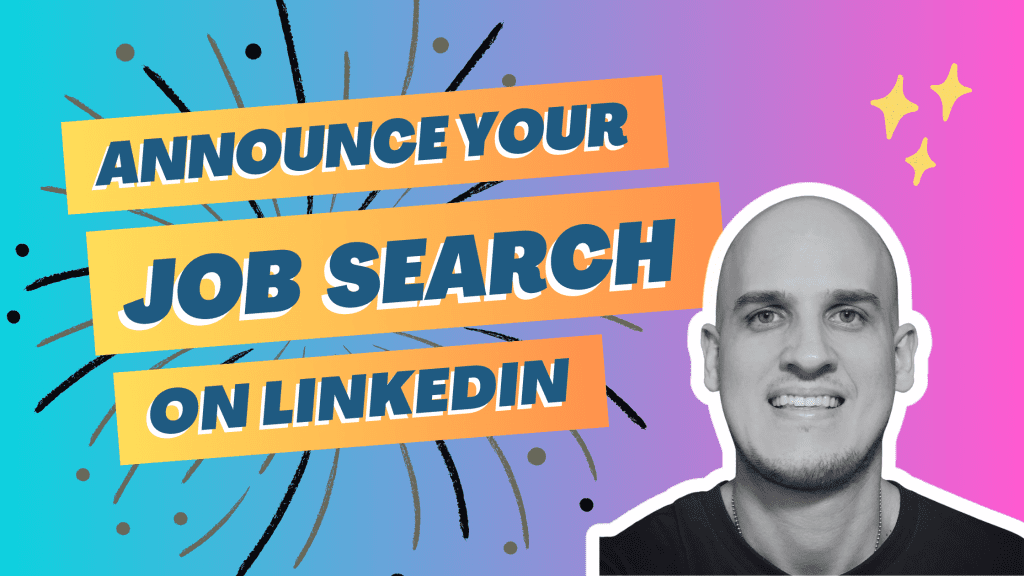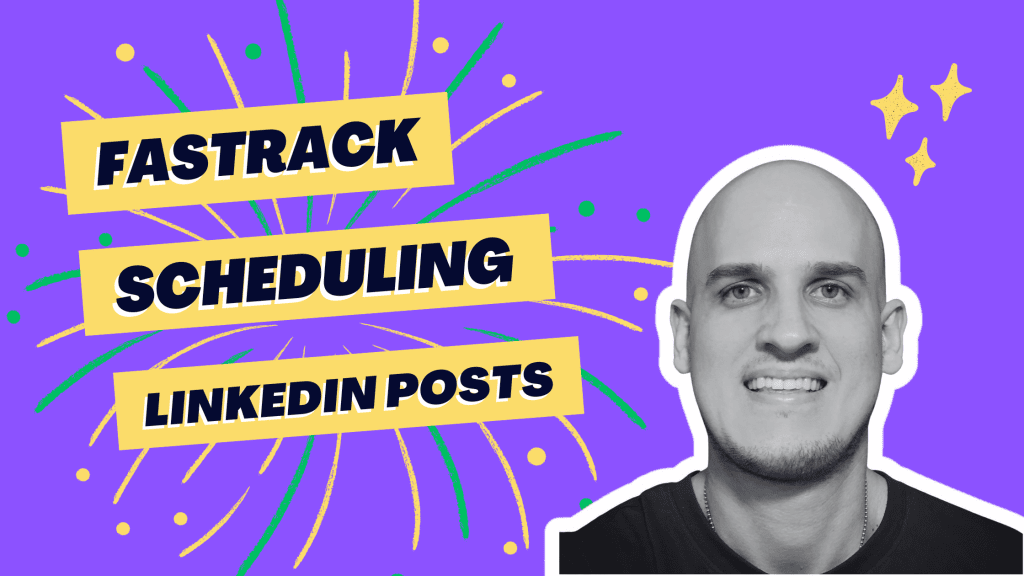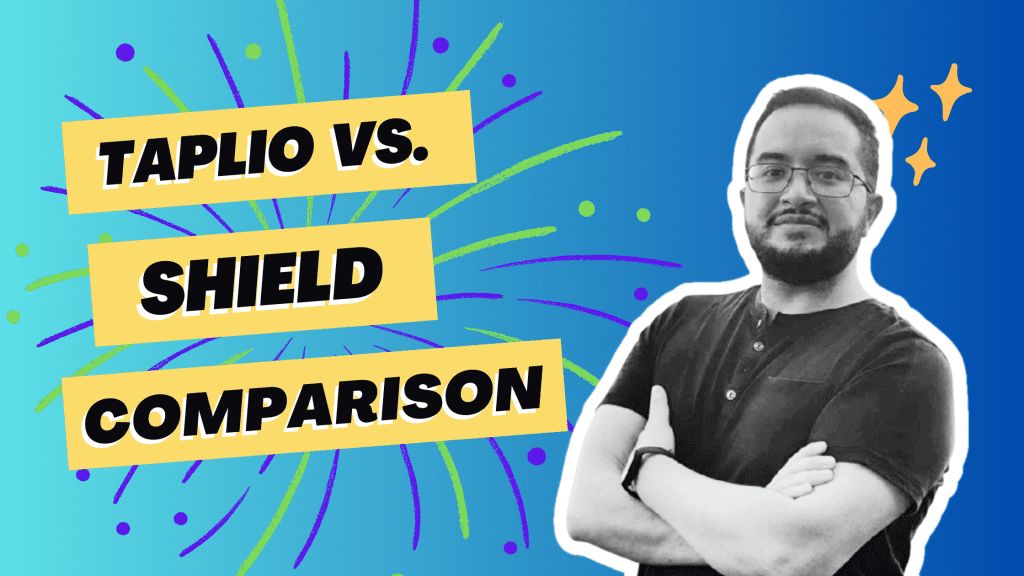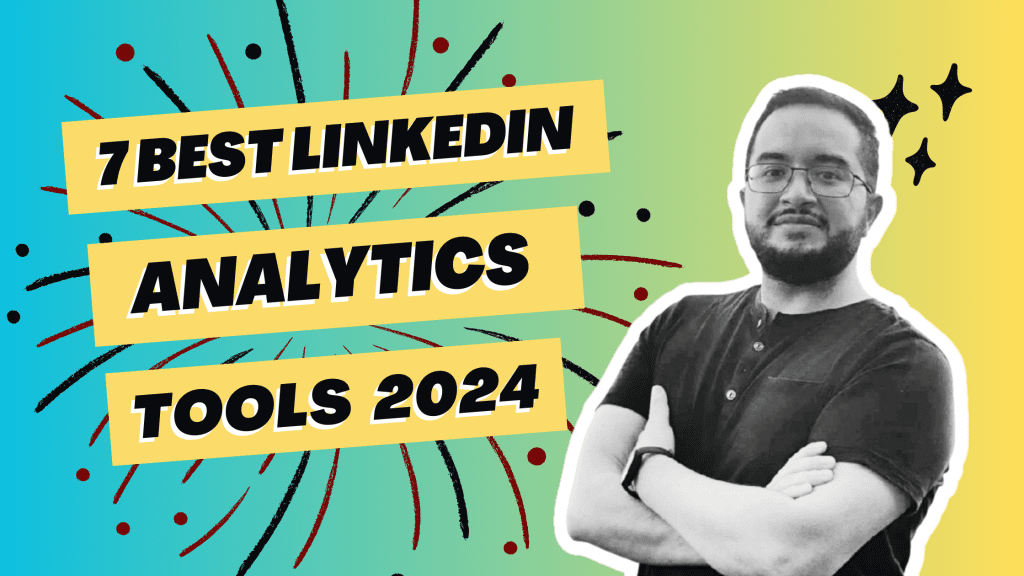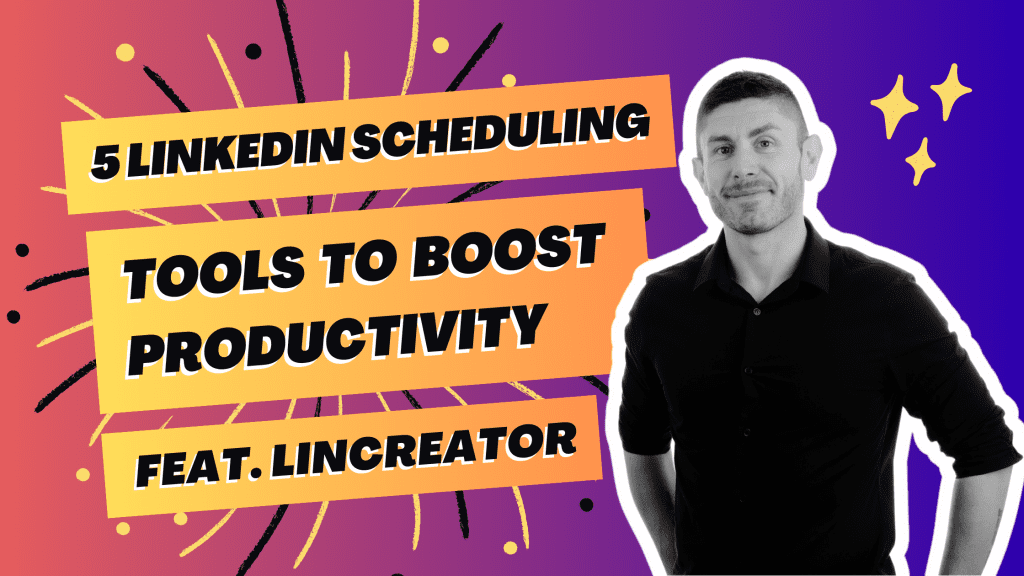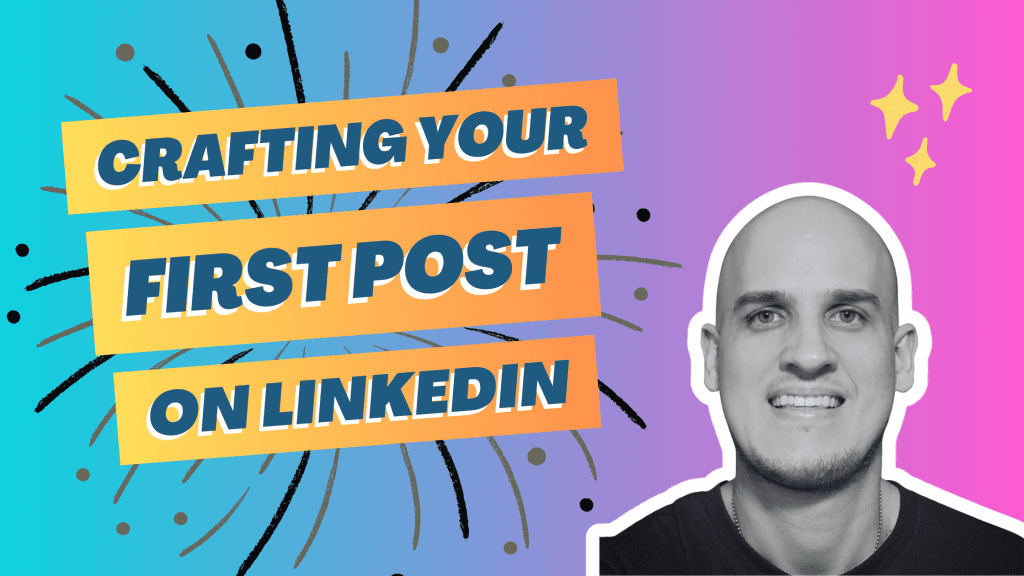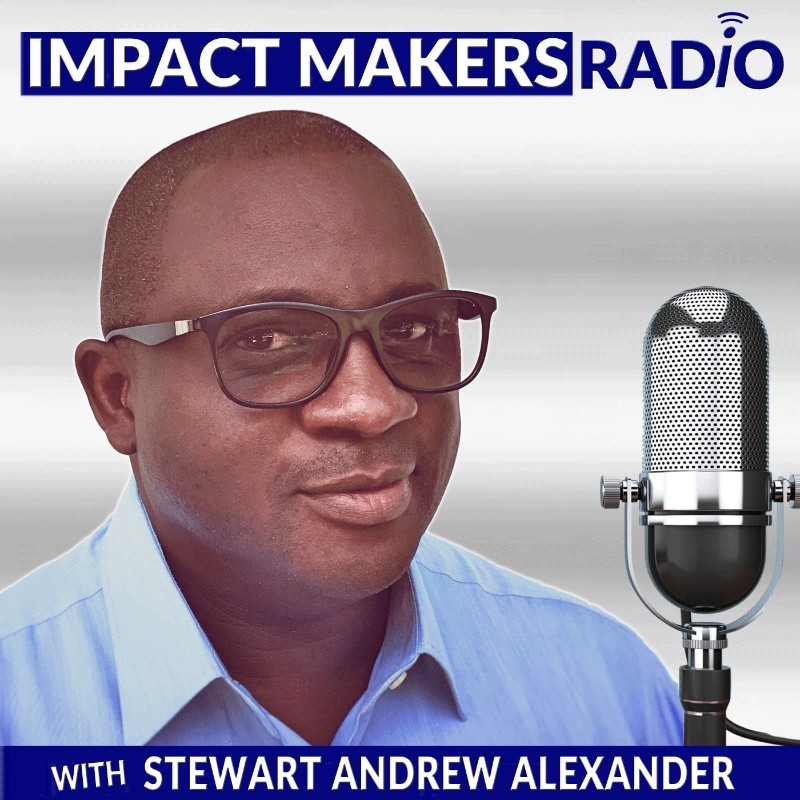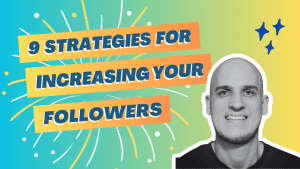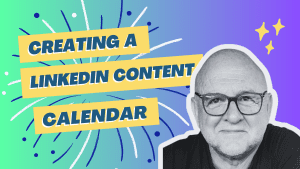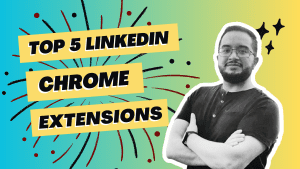Are you struggling to get membership engagement on your LinkedIn posts despite having a good network of connections? Do you feel like your content is not getting enough comments or reaching a wider audience? If so, you might want to consider joining a LinkedIn engagement pod to boost your networks.
LinkedIn engagement pods are groups of LinkedIn users who engage with each other’s posts to increase initial engagement. These pods can be found on LinkedIn groups or created by growth hackers in the industry. By joining a LinkedIn engagement pod, you can boost your profile and content visibility, increasing the chances of your post being seen by a larger audience. Being a member of these pods can also help you expand your networks, connections, and followers.
So let’s dive into the world of LinkedIn engagement pods with connections, membership, and impressions! These pods are like a telegram group where members engage with each other’s posts to boost impressions and increase their reach.
How the LinkedIn Algorithm Works and Why Pods Don’t Work
Understanding the LinkedIn Algorithm
The LinkedIn algorithm prioritizes content that is relevant, timely, and engaging for users. This means that posts with high levels of engagement such as likes, comments, and shares from followers and connections are more likely to be shown to a wider audience, providing social proof of your membership in the professional community.
LinkedIn uses machine learning algorithms to analyze user behavior and determine which content is most likely to be relevant to each individual user based on likes, social proof, followers, and blog post. The algorithm takes into account factors such as the user’s location, industry, job title, and connections when deciding which content to show in their feed.
Focus on Creating High-Quality Content
Instead of relying on engagement pods or other shortcuts for increasing visibility on LinkedIn, focus on creating high-quality content that resonates with your target audience. This means taking the time to research your audience’s interests and pain points so you can create content that provides value and encourages comments and messages.
Some tips for creating engaging content include:
Using eye-catching visuals such as images or videos.
Writing compelling headlines that grab attention.
Sharing personal stories or experiences that are relatable.
Providing actionable tips or advice in your great content and LinkedIn posts that readers can apply in their own lives. Don’t forget to engage with comments and respond to messages.
Asking questions or encouraging discussion in your posts.
By focusing on creating quality content rather than trying to game the system with engagement pods, you’ll build a more engaged following over time. Remember: the key to success on LinkedIn is providing value to your audience through comments.
Advantages and Disadvantages of Manual and Automated Pods
Automated: Saves Time and Effort
Automated LinkedIn engagement pods are designed to automate the process of liking, commenting, and sharing content. They save time and effort since members don’t have to manually engage with every post. Instead, they can set up specific rules for engagement, such as engaging with posts that contain certain keywords or hashtags, and leaving comments to boost interaction.
Automated pods are also beneficial for LinkedIn growth hackers because they allow members to focus on creating quality content instead of spending hours engaging with other people’s posts. Automated pods can be highly effective in increasing the visibility of your content since it increases the number of likes, shares, and comments on your posts, which can positively impact the LinkedIn algorithm.
Manual: Offers More Control
Manual LinkedIn engagement pods offer more control over the engagement process than automated pods. Members have complete control over who they engage with and what type of content they engage with. This level of control means that members can ensure that their engagements are authentic and valuable.
Manual pods also provide a higher level of accountability among members since everyone is responsible for engaging with each other’s LinkedIn content. This increased accountability fosters a sense of community among pod members, which can lead to long-term relationships beyond just increasing post visibility. Additionally, manual pods are a great way to ensure that your great content is seen by a wider audience.
Automated: Less Authentic Engagement
One disadvantage of automated LinkedIn engagement pods is that they can be less authentic than manual ones. Since automation tools are programmed to engage with specific types of content based on keywords or hashtags, there is no guarantee that the engagements will be relevant or valuable.
Automated engagements may not generate high-quality traffic on your LinkedIn posts since many users know how to spot fake engagements easily. This lack of authenticity could damage your brand reputation if you’re caught using a LinkedIn pod. To avoid this, focus on creating great content that will naturally attract genuine engagement.
Manual: Requires Coordination
The primary disadvantage of manual LinkedIn engagement pods is that they require more coordination among members than automated ones do. Since every member must actively engage with each other’s content manually, it requires more time and effort than automated pods.
How to join a paid LinkedIn engagement pod
To join a paid LinkedIn engagement pod, you typically need to pay a fee and follow specific rules and guidelines. Before joining a pod, make sure it aligns with your goals and values, and that the members are active and engaged.
Here are some steps you can take to join a paid LinkedIn engagement pod:
Research different pods: Look for pods that align with your niche or industry. You can search for them on Google or social media platforms like Facebook.
Read the rules carefully: Make sure you understand the rules of the LinkedIn pods before joining. Some common rules include engaging with every post in the group within 24 hours, not posting promotional content, etc.
Pay the fee: Once you find a suitable LinkedIn pod, pay the membership fee if there is one.
Introduce yourself: After joining the LinkedIn pods, introduce yourself in the group so that other members know who you are.
Engage with others’ posts: Start engaging with other members’ posts as per the rules of the LinkedIn pods group.
Post your own content: Share your own content in the LinkedIn pod group according to their guidelines.
Be an active member of your LinkedIn pod: Stay active in the group by consistently engaging with others’ posts.
Benefits of Being a Good Engagement Pod Member
Support from Other Pod Members
One of the significant benefits of being a good engagement pod member is the support you receive from other members. When you engage with their content, they are likely to reciprocate and engage with your posts. This mutual support can help you gain more visibility on LinkedIn, increase your reach, and attract new followers.
Improved Presence on LinkedIn
Being an active member of an engagement pod can improve your presence on LinkedIn. By engaging with other members’ content, you can increase your chances of appearing in their network’s feed and recommendations. When other people see that you are an active participant in a group, they may be more likely to follow you or connect with you.
Better Experience for Your Audience
Good quality engagement with pod members can lead to a better experience for your audience. When they see that people are genuinely interested in your content and are engaging with it, it creates social proof that can encourage them to engage as well. Moreover, by engaging with other members’ content, you may discover new insights or ideas that could benefit your own audience.
To be a good member of an engagement pod:
Be consistent: Engage regularly with other members’ posts.
Be authentic: Only engage with content that resonates with you or adds value to the discussion.
Be supportive: Provide constructive feedback and encouragement to other members.
Be respectful: Avoid spamming or self-promotion within the group.
Be engaged: Participate actively in discussions and contribute positively to the community.
Evaluating the Effectiveness of LinkedIn Engagement Pods
Research Shows That LinkedIn Engagement Pods Can Increase Post Views and Impressions
LinkedIn engagement pods are groups of users who collaborate to increase their engagement rates on the platform. These groups work by liking, sharing, and commenting on each other’s posts to boost visibility and reach. According to research, engagement pods can significantly increase post views and impressions.
However, it’s important to note that some experts have raised concerns about the effectiveness of these pods. While they can help improve metrics in the short-term, they may not necessarily lead to long-term growth or genuine engagement with your content.
Experimenting With Different Groups and Activity Levels Can Help Determine the Effectiveness of Engagement Pods
If you’re considering using a LinkedIn engagement pod, it’s essential to experiment with different groups and activity levels. This will help determine which strategies work best for your brand and audience.
For instance, you might try joining a pod with users who share similar interests or industries as you. You could also test out different levels of activity within the group – for example, participating in daily versus weekly engagements.
By experimenting with various approaches, you’ll be able to identify what works best for your specific goals on LinkedIn.
Great Content and Longer Dwell Time Are Key Factors in Boosting LinkedIn Growth, Even Without Engagement Pods
While engagement pods can be helpful for increasing visibility on LinkedIn, they’re not the only way to achieve growth on the platform. Hootsuite reports that creating great content and encouraging longer dwell time are key factors in boosting your presence on LinkedIn.
To create engaging content that resonates with your audience, consider conducting market research or analyzing your competitors’ successful posts. Optimizing your profile for search engines can help attract more views from potential followers.
Encouraging longer dwell time involves creating content that is informative and valuable enough to keep readers engaged beyond just a quick glance at your post.
The Problem with Manual Pods
Too Much Time and Effort
Manual pods require a significant amount of time and effort from users. Managing a single pod can take up hours each week, which can be a burden for anyone who already has a busy schedule. This is because manual pods rely on members to engage with each other’s content manually, which takes time.
Limited Potential for Engagement
Another reason why manual pods are problematic is that only one pod can be managed manually at a time. This means that users are limited in terms of the potential engagement they can receive through these pods. It also means that users may have to choose between different pods, which can be difficult if they belong to multiple groups.
Difficult to Keep Up With Demands
Many people find it challenging to keep up with the demands of manual pods, especially when managing thousands of members. This is because there is no automation involved in the process, meaning everything must be done manually. As a result, it’s easy to fall behind on engaging with other members’ content.
Choosing the Right Communication Strategy for LinkedIn
Importance of Communication Strategy for LinkedIn Engagement
LinkedIn is one of the most popular social networks used by professionals and businesses worldwide. It provides a platform to connect with like-minded individuals, build professional relationships, and promote products or services. However, to make the most out of LinkedIn, it’s crucial to have an effective communication strategy in place.
Various Communication Platforms for LinkedIn Users
LinkedIn users can choose from various communication platforms like Telegram, WhatsApp, and other social networks. Telegram groups are widely used as an effective way to communicate with other professionals on LinkedIn. These groups help users share their blog posts, network with others in their industry, and increase engagement on their posts.
Choosing the Right Communication Strategy
Choosing the right communication strategy can help businesses avoid spam and increase social proof. One effective way is through LinkedIn engagement pods. An engagement pod is a group of people who agree to engage with each other’s content by liking or commenting on them. This strategy helps increase post visibility and reach by tricking the algorithm into thinking that the post is getting more engagement than it actually is.
Another way is through direct messaging (DM). Sending personalized messages to your connections can be an effective way to start conversations and build relationships on LinkedIn. However, it’s important not to send spammy messages that could damage your reputation.
Where to Put Speaking Engagements on LinkedIn?
If you’re a speaker looking for speaking engagements on LinkedIn, there are several ways you can promote yourself:
Update your profile – Make sure your profile highlights your speaking experience and includes any relevant information about your topics.
Share updates – Share updates about upcoming speaking engagements or events you’ve spoken at recently.
Join groups – Join groups related to your industry or niche where event organizers might be looking for speakers.
Reach out directly – Reach out directly to event organizers or conference coordinators via DM.
Ideal Engagement Pod Member Characteristics
Active on LinkedIn
The first characteristic of an ideal engagement pod member is that they are active on LinkedIn. This means that they are consistently posting and engaging with others’ content. If a member is not active, then they will not be able to contribute to the pod’s engagement efforts effectively.
Willingness to Engage
Another important trait for an ideal engagement pod member is their willingness to engage with other members’ content. This includes liking, commenting, and sharing other members’ posts. The more engagement a post receives, the higher it will rank in LinkedIn’s algorithm, making it visible to more people.
Similar Target Audience
It’s essential for all members of an engagement pod to have a similar target audience. This ensures that the content being shared within the pod is relevant and interesting to everyone involved. If members have vastly different target audiences, then their engagement efforts may not be as effective.
Members with Large Followings
Having a couple of members with large followings can significantly boost engagement for the entire pod. When these members engage with posts from other pod members, it increases visibility and credibility for everyone involved.
Conclusion: Are Engagement Pods Worth It?
In conclusion, LinkedIn engagement pods can be a valuable tool for increasing your reach and visibility on the platform. However, it is important to understand how the algorithm works and the limitations of pods. Manual pods may have some benefits but also come with their own set of problems. Automated pods can be more efficient but require careful consideration of communication strategies.
Being a good engagement pod member involves actively engaging with other members’ content and providing value to the group. Evaluating the effectiveness of engagement pods requires tracking metrics such as views, likes, comments, and connections.
Ultimately, whether or not engagement pods are worth it depends on your goals and priorities on LinkedIn. If you are looking to increase your visibility quickly, joining a pod may be helpful. However, if you prioritize building genuine connections and creating quality content, organic growth may be a better strategy.
Call-to-action: If you decide to join an engagement pod, make sure you choose one that aligns with your values and goals on LinkedIn. Be an active participant in the group by engaging with others’ content and providing value to the community.
FAQs
1. What is an engagement pod?
An engagement pod is a group of LinkedIn users who agree to engage with each other’s posts in order to increase their visibility on the platform.
2. How do I join a free LinkedIn engagement pod?
You can find free LinkedIn engagement pods by searching for them on social media platforms or through online communities dedicated to networking.
3. What are some advantages of automated pods?
Automated pods can be more efficient than manual ones since they use software to automatically engage with posts. They also allow for greater control over who participates in the group.
4. Can participation in an engagement pod hurt my credibility on LinkedIn?
Participation in an engagement pod alone is unlikely to harm your credibility on LinkedIn as long as you are providing value to the community and not engaging in spammy or unethical practices.




